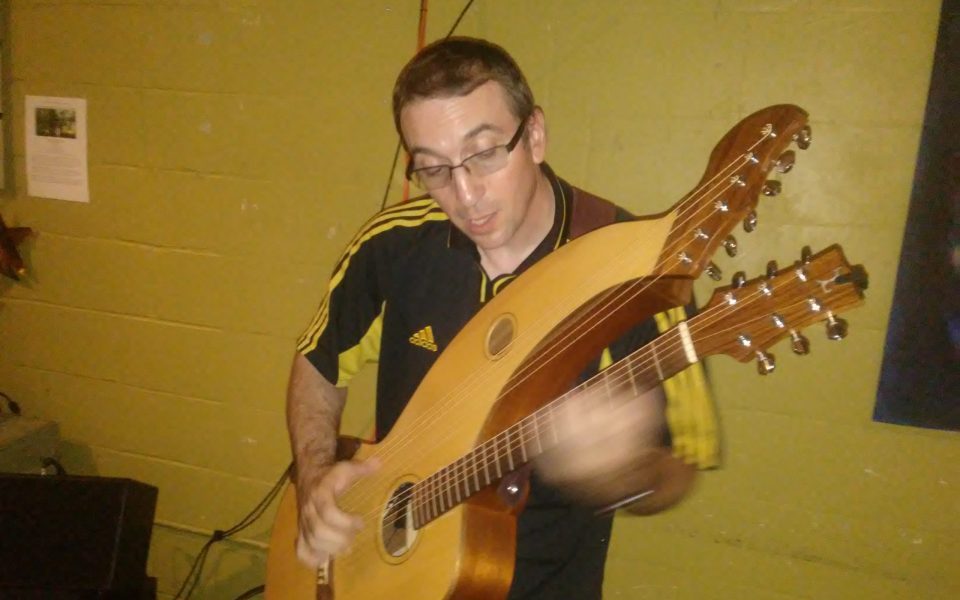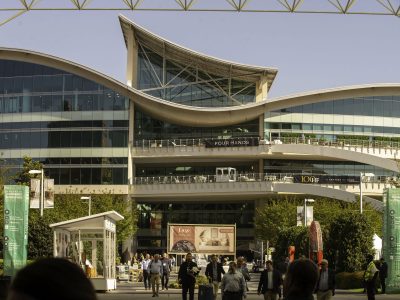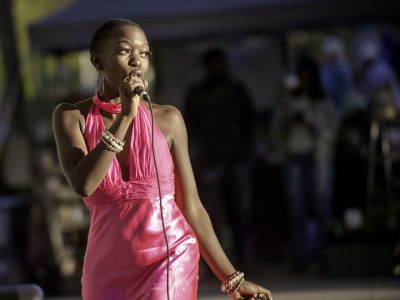Andrew Kasab says he wrote most of the song in his head at a wedding, after ditching the adults and hanging out with the kids in a field at dusk, as the fireflies twinkled to life.
He watched the kids catch fireflies and put them in the pockets of their white dress shirts, blinking accessories that inspired the melody. He wrote the rest, he tells the crowd at Common Grounds on Saturday night, “one autumn morning instead of raking the leaves.”
He hoists his harp guitar, big as a golf bag, into position and his fingers hammer a melody on the guitar, dancing with the soft bassline his thumb coaxes from the harpstrings. Like fireflies.
Kasab admits that his chosen instrument — more awkward than an accordion, sillier-looking than a keytar — is not suited for heavy metal, or on-the-beat, Neil Diamond-type stuff. But, he says, as one of “maybe five people in the United States who tour on harp guitar,” he’s carved out a fine niche.
He’s back on the road after 10 years, with an ambitious schedule that will take him from his home in Raleigh up and down the Washington, DC corridor, through the Midwest states of Minnesota and Nebraska, and then Colorado, the Pacific Northwest, California, Utah, Montana and Kansas before circling back to the South. Tonight at Common Grounds, he’ll expose another dozen or so people to his strange and intriguing instrument.
He’s got a handful of albums and a catalog of original music. He’s worked with Warren Zevon and Steve Vai. And he’s as much a scholar and evangelist for the instrument as he is a performer.
The thing about the harp guitar… well, there are a lot of things about the harp guitar.
For one, it’s a beast: a traditional six-string acoustic with a six-string harp grafted onto it, its own body jutting out like a hollow leg. And while the guitar strings lay in order, high to low, the harpstrings alternate, low-high-low, allowing for versatility on the bottom end.
It’s been around since the early 18th Century and gained popularity in the United States in the early 1900s and then disappeared from manufacture for another 50 years. Kasab recounts the story like a college professor giving a lecture.
For another, it’s obscure. Very little music exists for the instrument, and Kasab says the technical aspects of playing it have not yet been fully explored. So his set is limited to the few works that have been composed for harp guitar, adaptations of other pieces of music or original works like the firefly piece.
But the breadth of sound created by the two aspects of the machine speaks to its adaptability.
This is one-man-band-type stuff: the subwoof of waxed harpstrings contrasting with the peals of guitar; he thumps percussion on the body, pokes and prods like Stanley Jordan, taps like Eddie Van Halen. No loops, little amperage and minimal effects.
After a blistering performance of the theme song from “The Lone Ranger,” also known as the finale of The William Tell Overture by Gioachino Rossini on his traditional six-string acoustic, he again shoulders the beast and works a version of the Peanuts theme with all 10 fingers, then eases into “Because It’s There,” a composition by fellow harp-guitarist Michael Hedges.
Then the harpstrings lay the groundwork for Queen’s “Bohemian Rhapsody” as Kasab leans into the song’s opening harmonies on the lower neck. It’s all there: the staccato refrains, the operatic swells, the orchestration.
It sounds like it was written for harp guitar. But of course it
wasn’t.
Join the First Amendment Society, a membership that goes directly to funding TCB‘s newsroom.
We believe that reporting can save the world.
The TCB First Amendment Society recognizes the vital role of a free, unfettered press with a bundling of local experiences designed to build community, and unique engagements with our newsroom that will help you understand, and shape, local journalism’s critical role in uplifting the people in our cities.
All revenue goes directly into the newsroom as reporters’ salaries and freelance commissions.





Leave a Reply